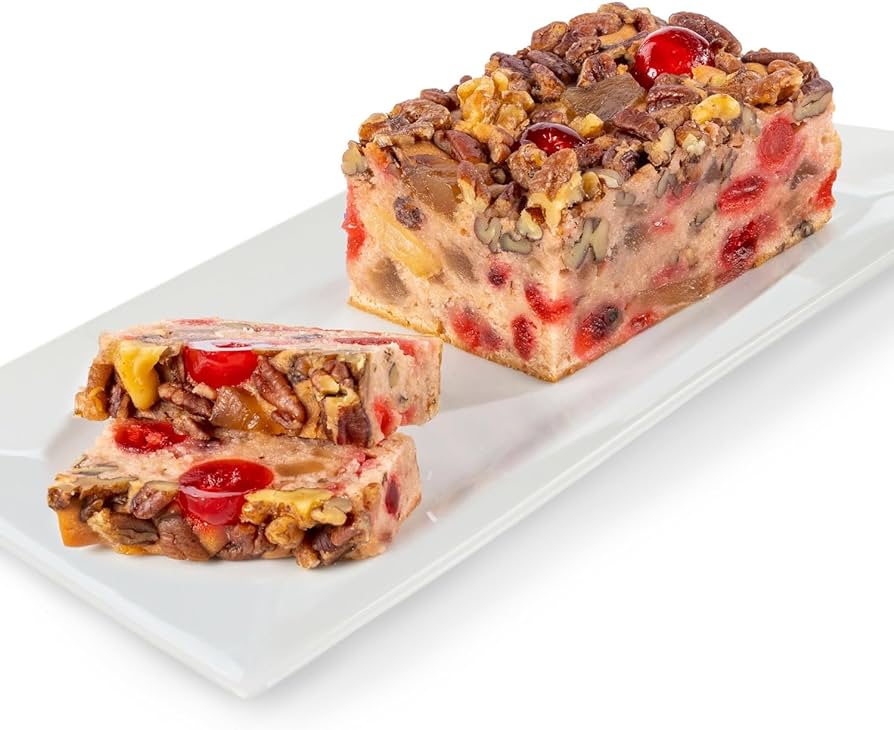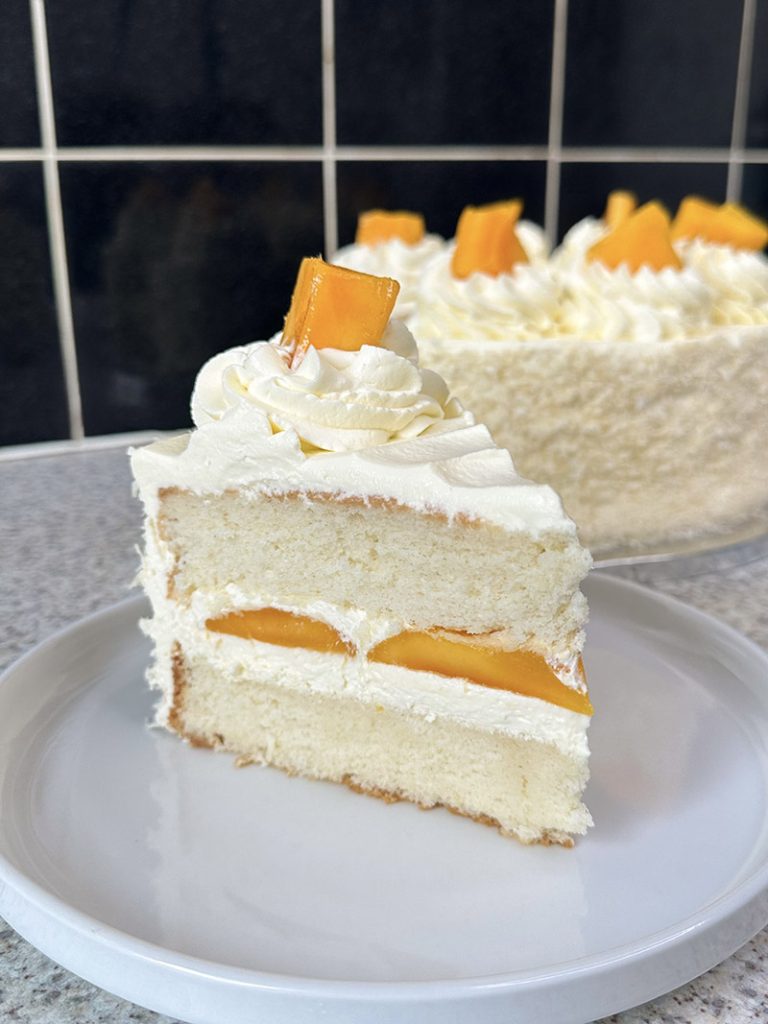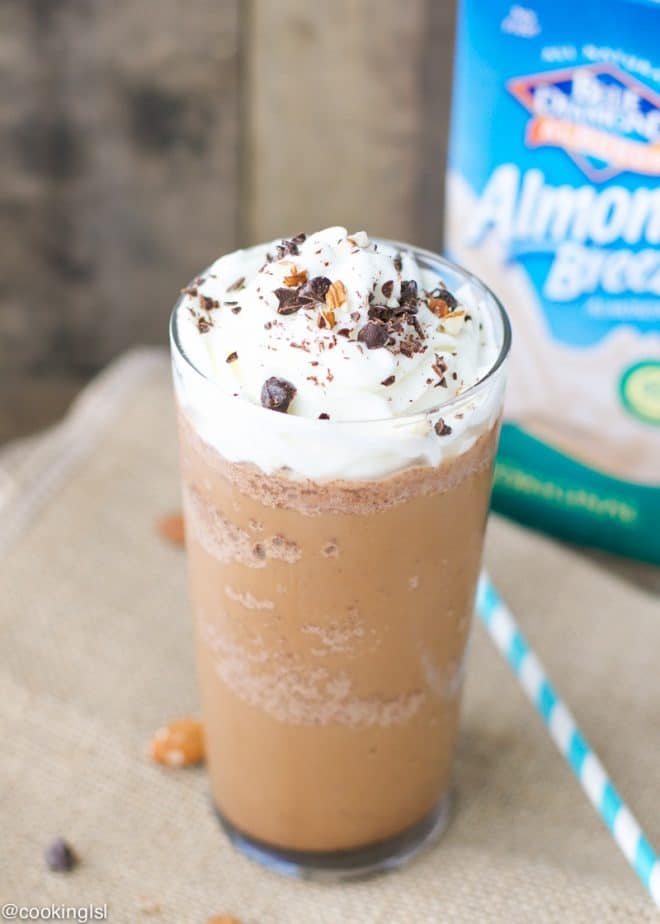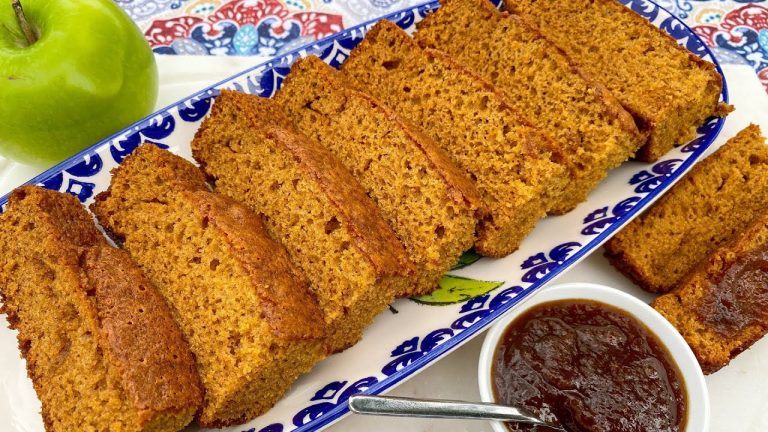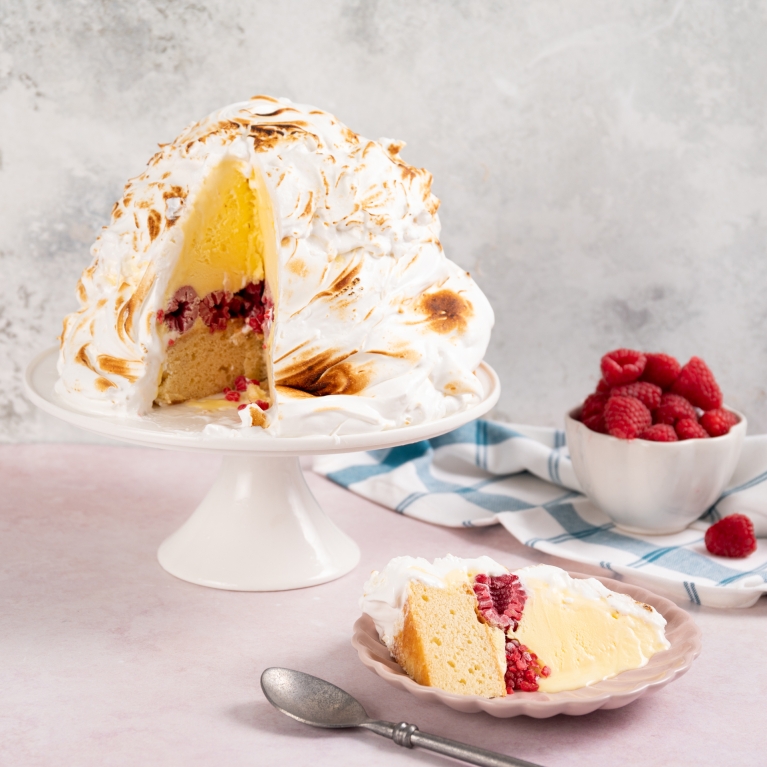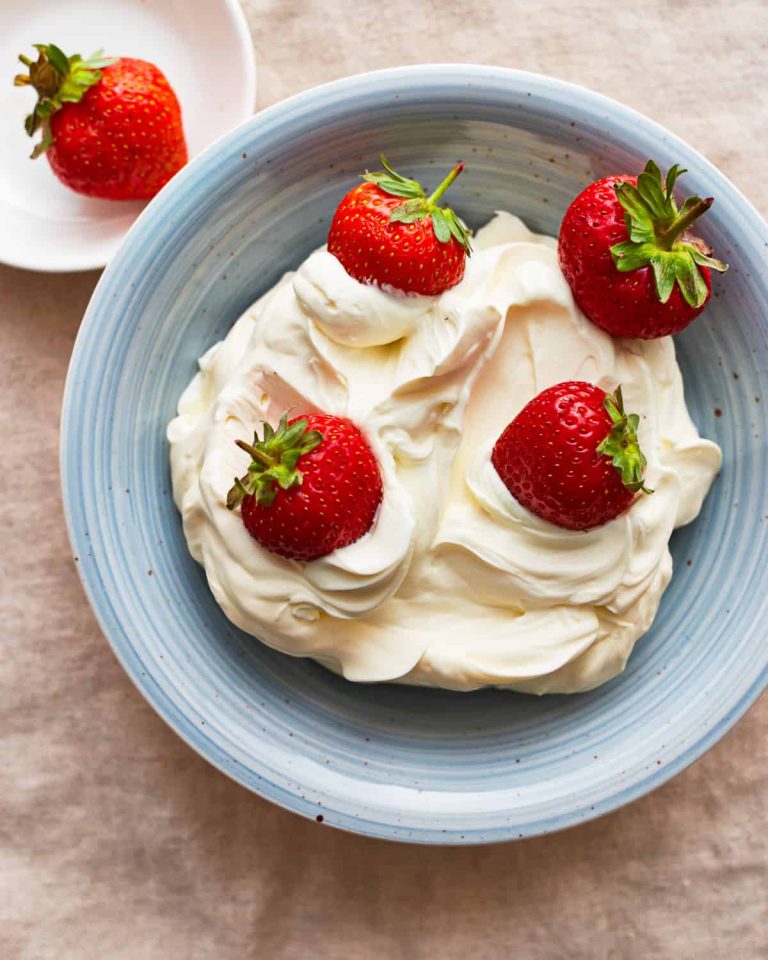Apple Danish: History, Essential Ingredients, and Homemade vs. Store-Bought Guide
Apple Danish has roots in European baking traditions, specifically from Austria and Denmark. The concept of Danish pastry originated in the 19th century when Austrian bakers introduced puff pastry techniques to Danish bakeries. Their laminated dough method, involving layers of butter and dough, created the flaky, airy pastries that Danish pastries are known for today.
Apple filling, combined with spices like cinnamon, became popular in these pastries due to the availability of apples in Scandinavia. This combination of buttery pastry and sweet, spiced apples became a staple in Danish baked goods, evolving into the Apple Danish you enjoy today.
How Apple Danish Became Popular in the US
Apple Danish gained popularity in the US during the mid-20th century. This rise coincided with increased immigration from Europe, bringing traditional recipes and baking techniques. American bakeries began adopting these recipes, incorporating local twists, and offering Apple Danish in pastries and breakfast menus.
The sweet, spiced apple filling and the light, flaky pastry resonated with American tastes. The demand for Apple Danish grew, making it a beloved treat across the country. By the late 20th century, it was a common offering in bakeries, cafes, and even grocery stores, cementing its place in American culinary culture.
Key Ingredients of Apple Danish
The Role of Apples in the Pastry
Apples are fundamental to Apple Danish. Their crisp texture and natural sweetness balance the rich, buttery layers. Choose tart apples like Granny Smith or Honeycrisp to contrast the pastry’s sweetness and provide a refreshing bite. Properly preparing the apples is essential. Peel, core, and thinly slice them before cooking them with spices to enhance their flavor. For a richer filling, cook apples with cinnamon, nutmeg, and a touch of sugar until they are tender but not mushy.
Other Essential Ingredients
Dough: The buttery, flaky dough is critical. Danish dough, similar to puff pastry, is laminated to create layers. This involves repeatedly folding and rolling the dough with butter to incorporate air, which results in the characteristic flakiness.
Butter: High-quality unsalted butter is used both in the dough and for lamination. It adds richness to the pastry and helps create distinct layers.
Spices: Common spices include cinnamon and nutmeg. They complement the apples’ natural flavor and add a warm, aromatic depth to the pastry.
Sweeteners: Granulated sugar and brown sugar are typically used. Granulated sugar is mixed into the dough or apples, while brown sugar can be cooked with apples for a caramelized taste.
Eggs: Eggs are used in the dough and as a wash. In the dough, they provide structure and tenderness. As a wash, they give the finished pastry a golden, glossy finish.
Yeast: Yeast is essential for leavening. It contributes to the dough’s rise and adds a subtle complexity to the flavor.
Milk: Milk, often used in the dough, introduces tenderness and aids in developing a uniform crumb texture.
Flour: All-purpose flour is standard, providing the structure needed for the dough’s elasticity and flakiness.
Including all these elements ensures an authentic Apple Danish with a harmonious blend of flavors and textures.
How to Make Apple Danish at Home
Choosing the Right Type of Apples
Selecting the right apples is crucial for flavor and texture in an Apple Danish. Tart apples, such as Granny Smith and Honeycrisp, work best. These apples balance the sweetness of the filling and maintain their structure during baking. Honeycrisp apples also add a pleasant crispiness that enhances the overall texture. Avoid overly sweet apples like Red Delicious, which can become mushy and overly sweet when baked.
Step-by-Step Baking Guidance
To make the perfect Apple Danish at home, follow these detailed steps:
- Prepare the Dough
Combine 2 ½ cups of all-purpose flour, 1 package of active dry yeast, ¼ cup of sugar, and ½ teaspoon of salt in a bowl. Mix well, then add ¾ cup of warm milk, ½ cup of softened butter, and 2 large eggs. Knead the mixture until smooth and elastic, then cover and let it rise in a warm place for about 1 hour or until doubled in size. - Make the Filling
Peel, core, and thinly slice 3 Granny Smith apples. In a saucepan over medium heat, combine the apples with ¼ cup of brown sugar, 1 teaspoon of cinnamon, ¼ teaspoon of nutmeg, and 1 tablespoon of lemon juice. Cook until the apples are tender but not mushy, about 5-7 minutes. Let the mixture cool. - Shape the Dough
Roll the risen dough into a 12×16 inch rectangle on a lightly floured surface. Spread the cooled apple filling evenly over the dough, leaving a 1-inch border around the edges. Fold the longer sides of the dough over the filling, then roll the dough into a log from one of the longer sides. Cut the log into 12 equal pieces. - Assemble the Danishes
Place the cut pieces on a parchment-lined baking sheet, cut side up. Press down the centers gently with the back of a spoon to create a small well. Cover the danishes with a kitchen towel and let them rise for another 30 minutes. - Bake the Danishes
Preheat the oven to 375°F (190°C). Brush the danishes with an egg wash made from 1 beaten egg and 1 tablespoon of water. Bake for 20-25 minutes or until golden brown. Remove from the oven and let cool on a wire rack. - Add the Glaze
In a small bowl, mix 1 cup of powdered sugar, 2 tablespoons of milk, and ½ teaspoon of vanilla extract until smooth. Drizzle the glaze over the cooled danishes before serving.
By following these steps, you’ll create delicious, bakery-quality Apple Danishes at home that feature the perfect balance of flaky pastry and flavorful filling.
Comparing Homemade vs. Store-Bought Apple Danish
Flavor Differences
Homemade Apple Danish often provides a richer, more personalized flavor. You can choose high-quality ingredients like fresh Granny Smith or Honeycrisp apples, ensuring a robust apple taste. Additionally, homemade versions allow for customization with spices, like cinnamon and nutmeg, to enhance the apple filling. On the other hand, store-bought Apple Danish might contain preservatives or artificial flavors, which could affect the overall taste. These products often use a standard recipe aimed at mass production, resulting in a less distinct apple flavor.
Textural Variations
Homemade Apple Danish typically offers a superior texture due to the careful preparation process. The dough can be perfectly laminated, creating flaky layers, and the filling can be adjusted to achieve the desired consistency. When you bake at home, you control the baking time and temperature, ensuring the pastry is golden brown and crispy. In contrast, store-bought Apple Danish might have a less consistent texture. Mass production can lead to a denser pastry, and preservatives may alter the fresh, flaky quality. This variation can result in a less satisfying bite compared to the delicate layers of a homemade Danish.
Conclusion
Exploring the world of Apple Danish opens up a delightful journey through European baking traditions and their American adaptations. With the right ingredients and a bit of care, you can create a homemade Apple Danish that surpasses store-bought versions in flavor and texture. Whether you opt for Granny Smith or Honeycrisp apples, the key lies in the quality of ingredients and the love you put into the preparation. So why settle for less when you can enjoy a rich, personalized treat right from your own kitchen? Give it a try and savor the difference.
